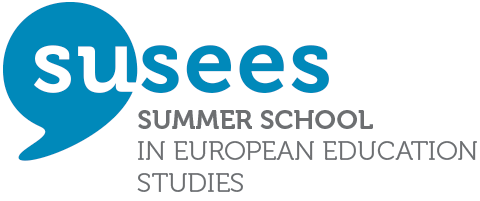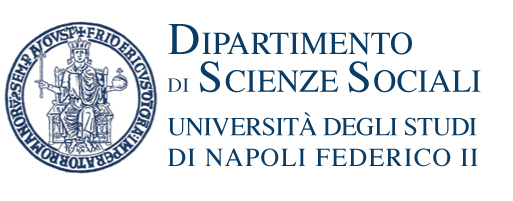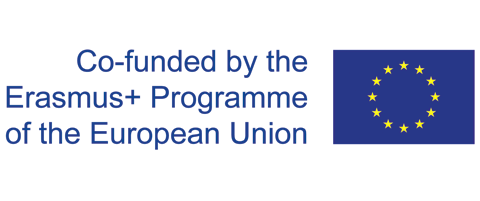Paolo Landri
Description
First, the processes of Europeanization in education will be addressed looking at the rise of digital governance. Digital technologies are changing the ways in which education is delivered, practiced, and managed. The ‘here and how’ of education is challenged, education is made more mobile, and it is increasingly difficult to conceive education spaces in the classical bounded, closed, suspended and static topologies (Landri & Neumann 2014). The new topologies of education are embedded in novel configurations of data infrastructure, software, codes, digital technologies and related circuits of expertise that are representing both the ‘building-blocks’ and the ‘hidden managers’ of educational practices, institutions, and organizations (Dunleavy 2005; Williamson 2014).
Complex assemblages of big data, visualization displays, screens, virtual worlds, servers, learning analytics, software, algorithms and the circuits of knowledge of designers, programmers, data scientists are giving shape to the digital governance of education.
This lecture will focus on how digital governance contributes to the constitution and the regulation of the European Space of Education. The history of the Europeanization of education will be considered as a movement for fabricating a space of commensuration (Lawn & Grek 2012). While education was initially conceived a national regulated field by EU member states, and accordingly education systems were thought to be incommensurables in the foundational Treaty of Rome in 1957, they were included over time in a space of commensurability through the definition of agreed-upon performance standards. The lecture will illustrate the main passages of this fabrication, and will pay attention to the contemporary strategy of monitoring the progresses of EU member states towards the accomplishment of the new benchmarks in the coming landscape of Horizon 2020. In that respect, it will analyse on the toolbox mobilized here to accompany the realization of these standards: guidelines, country reports, and online dashboard. The lecture will investigate the emergence and the consolidation of this digital space, and at the same time, the semiotics of the visual enactment of the European Space of education.
Key texts of the syllabus will be:
Dunleavy, P., 2005. New Public Management Is Dead–Long Live Digital-Era Governance. Journal of Public Administration Research and Theory, 16(3), pp.467–494
Fenwick, T. & Landri, P., 2012. Materialities, Textures and Pedagogies: Socio-material Assemblages in Education. Pedagogy, Culture and Society, 20(1), pp.1–7.
Williamson, B., 2016. Digital education governance: An introduction. European Educational Research Journal, 15(1), pp.3–13.
Williamson, B., 2014. Governing by code : software in the governance of education. , (January), pp.1–52.
Impact
The lecture will provide participants with an understanding of the digital governance of European education space. In this respect it will address the challenge of digitization for the European integration project in education. Participants will be expected to become able to apply some of the insight discussed on their current research work on a EU-related aspect of education.


